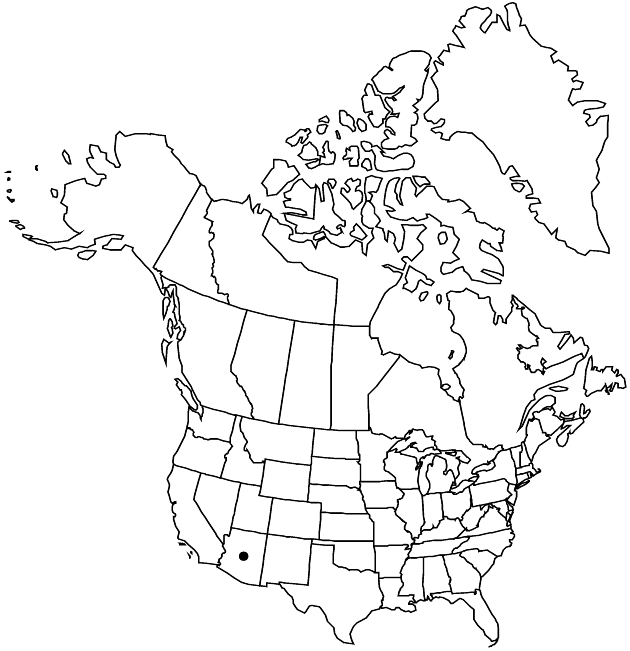Difference between revisions of "Erigeron lemmonii"
Proc. Amer. Acad. Arts 19: 2. 1883.
FNA>Volume Importer |
FNA>Volume Importer |
||
| Line 34: | Line 34: | ||
-->{{#Taxon: | -->{{#Taxon: | ||
name=Erigeron lemmonii | name=Erigeron lemmonii | ||
| − | |||
|authority=A. Gray | |authority=A. Gray | ||
|rank=species | |rank=species | ||
| Line 49: | Line 48: | ||
|publication year=1883 | |publication year=1883 | ||
|special status= | |special status= | ||
| − | |source xml=https://jpend@bitbucket.org/aafc-mbb/fna-data-curation.git/src/ | + | |source xml=https://jpend@bitbucket.org/aafc-mbb/fna-data-curation.git/src/eaa6e58056e40c9ef614d8f47aea294977a1a5e9/coarse_grained_fna_xml/V19-20-21/V20_787.xml |
|tribe=Asteraceae tribe Astereae | |tribe=Asteraceae tribe Astereae | ||
|genus=Erigeron | |genus=Erigeron | ||
Revision as of 19:30, 16 December 2019
Perennials, 10–25(–60) cm; taprooted. Stems decumbent-ascending to prostrate (greenish, sometimes producing erect branches), hirsute to hispido-pilose, minutely glandular. Leaves basal (not persistent) and cauline; (greenish) proximal blades oblanceolate to obovate, 5–12 × 1–3 mm, reduced distally, margins with 1–2 pairs of teeth or shallow lobes, distal entire, faces piloso-hirsute, densely minutely glandular. Heads 1–3. Involucres 2.5–4 × 5–10 mm. Phyllaries in 2–3(–4) series (erect, apices appressed), sparsely piloso-hirsute, minutely glandular. Ray florets 42–60, corollas white, without abaxial midstripe, 3–7 mm, laminae not coiling or reflexing. Disc corollas 1.8–2.4 mm. Cypselae 1–1.2 mm, 2-nerved, faces sparsely strigose; pappi: outer of setae, inner of 7–10 bristles.
Phenology: Flowering Aug–Oct(–Dec).
Habitat: Crevices and ledges of vertical cliffs and rock faces, pine-oak
Elevation: 1900–2200(–2700) m
Discussion
Of conservation concern.
Erigeron lemmonii is found only in the Scheelite Canyon, Huachuca Mountains (Cochise County), on Fort Huachuca Military Reservation. The basal portion of the stems may be “subnaked and rhizomatous in appearance, but apparently not subterranean” (A. Cronquist 1947).
Selected References
None.
